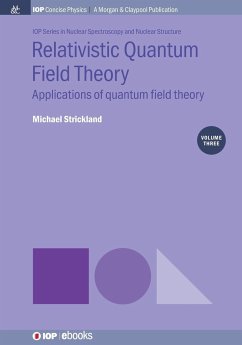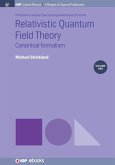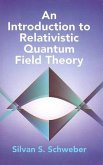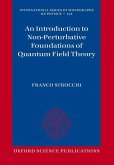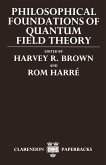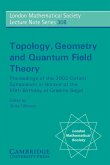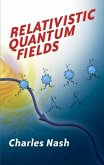Volume 3 of this three-part series presents more advanced topics and applications of relativistic quantum field theory. The application of quantum chromodynamics to high-energy particle scattering is discussed with concrete examples for how to compute QCD scattering cross sections. Experimental evidence for the existence of quarks and gluons is then presented both within the context of the naive quark model and beyond. Dr Strickland then reviews our current understanding of the weak interaction, the unified electroweak theory, and the Brout-Higgs-Englert mechanism for the generation of gauge boson masses. The last two chapters contain a self-contained introduction to finite temperature quantum field theory with concrete examples focusing on the high-temperature thermodynamics of scalar field theories, QED, and QCD.
